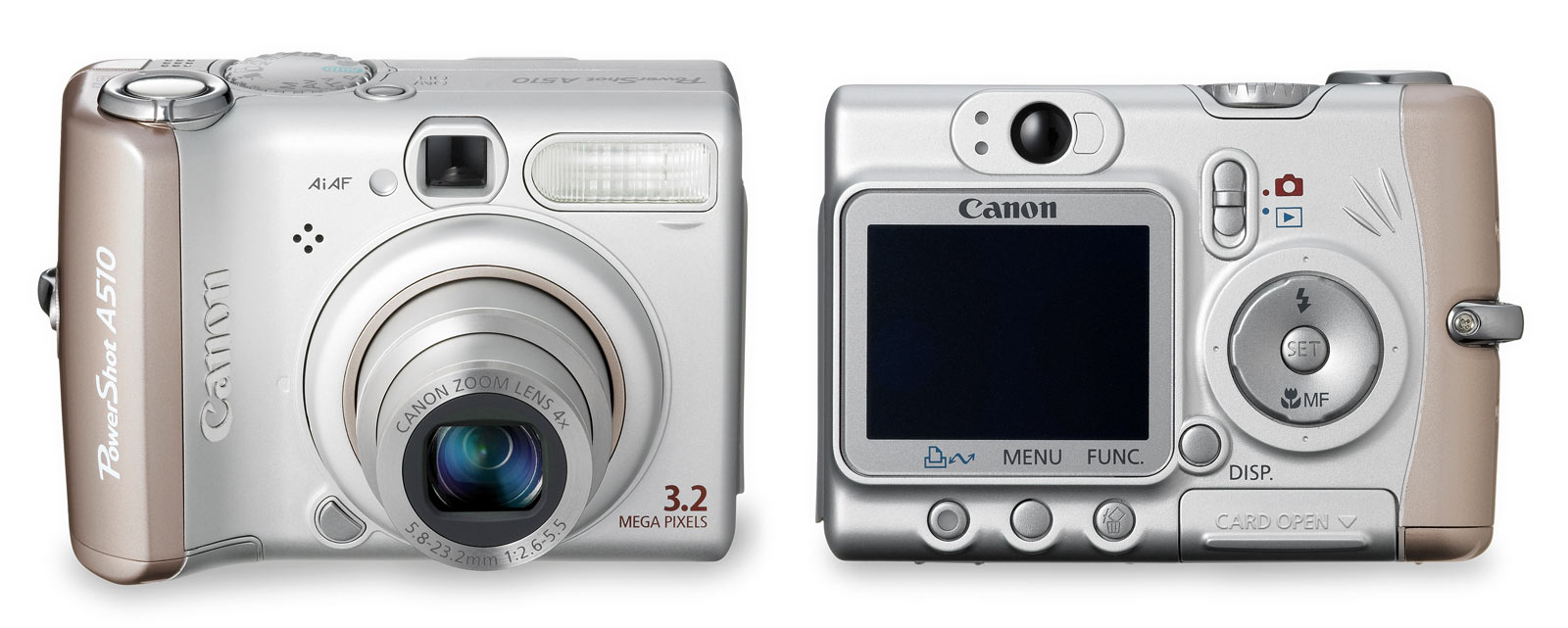If you know what you’re doing, you can get good photos out of almost any camera. And I spent a lot of time, across a range of cameras with almost no clue what I was doing. But I eventually got better. This is a story about the cameras that got me to where I am today, and how I progressed in photography along the way. It’s a long, and mostly not-pretty journey…
I’ve spent my whole adult life taking photos of toys. Damn near 20 years now. My first ever attempt at photographing toys to post online was with an actual 35mm film camera(!) which I remember little about. We found the camera lost or abandoned on the side of a road when I was about 12, and it wasn’t anything amazing. The world never saw that first round of toy photos, though, because I didn’t have a bloody clue what I was doing with a camera then, and the photos were utter garbage. That failure cost me $7 in film processing, and a heaping measure of embarrassment – surely why I retain such clear memory of the whole episode. Clearer, by far, than the photos I took, that’s for sure!
Since I was unwilling to try the film process again, my story took a pause for a little while, and only began again in 2000, when my family purchased our first digital camera. Even at that point there were a few different kinds of consumer level digital cameras on the market, but a lot of them relied to some degree on using USB connectivity, which was felt to be an issue. That was back in the days where a USB device didn’t just work immediately, and instead specific drivers might need to be loaded from a CD so a computer would recognize it. Not a big deal at home, but if we were to travel and want to share photos with family, that might get trickier. But there was a solution to this problem!
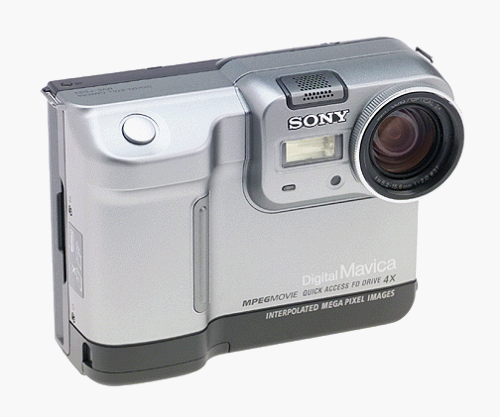
The Sony Digital Mavica FD-83! The FD stands for floppy disk; it was a camera that recorded photos to regular old disks that, at the time, would be universally accepted by any computer with no hassle. Yes, if you can imagine, at one time there would have been people running around carrying monstrous pieces of hardware that housed an entire 3.5-inch disk drive for universal, portable, expandable storage.
The FD-83 could take photos that were about one megapixel. A disk whose capacity was 1.4MB could be expected to hold on average about 20 shots at the better quality the camera had to offer. If you wanted to document a vacation with one of these things, it was advisable to bring lots and lots of extra disks. And having a good number on hand anyway was advisable, since from time to time a disk would more or less just die in the process of being used between camera and computer. On reflection, with more technical experience to my name, having a magnetic disk system in a camera that could be moved during a write operation was probably a bad idea and led to most of those corrupt disk events. But this was the camera that I got myself started on in taking toy photos. And I was (still) terrible at it.
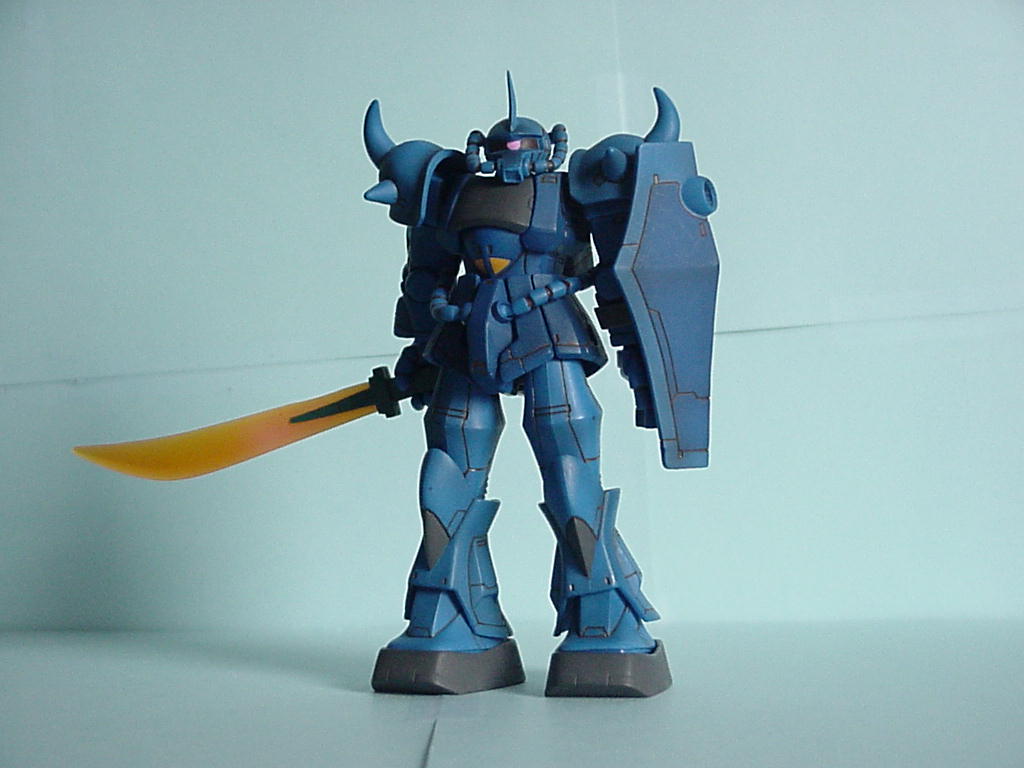
See, nobody starts out being good at photography. Even leaving aside any thoughts of the “artistic” side of the endeavor, just the basic grasp of fundamental principles can take a while to wrap your head around. It would be easy for me to blame the camera with its ancient CCD sensor that output 1024×768 images with a processor that’s probably dumber than some microwaves on the market now. But if that Mavica still worked today, and I still had a computer with a floppy disk drive, I know that I could take some reasonably good photos with it. Better than anything I did back then for sure. Now, while I pretty quickly became the primary user, the Mavcia was still the family camera, and sure enough it was eventually taken out on a trip without me. So of course, after having been out of my control and care, it mysteriously came home broken with somehow no one at fault for it. I can thus only assume that the camera went out on its own one evening and got hideously drunk and managed to severely injure itself in the resulting blind stupor. That must be it. RIP Mavica (2000 – 2005)
Okay, so the Mavica came home broken, and I was just distraught at the idea that I wouldn’t be able to take pictures. My parents didn’t seem to be really in a hurry to replace the camera. Again, I’d ended up being the main user of the Mavica and I think for the most part they felt like it just wasn’t that essential for them. Though looking back that seems like a seriously flawed outlook, since that Mavica had been producing lots of pictures of their grandkids (my sister’s kids) for the entire time we had it. Anyway, the year before, I had helped my friend Rob pick out a new digital camera for himself because we were working on some projects based on taking pictures of toys. The thought of being involved in a photographic documentation project back then really alarms present me, given how comparatively unskilled we both were back then. That shopping experience had at least armed me with a little more knowledge of digital cameras, and I ended up shopping around for my own replacement. I settled on the Canon Powershot A510, which was a hell of a leap forward compared to that Mavica.
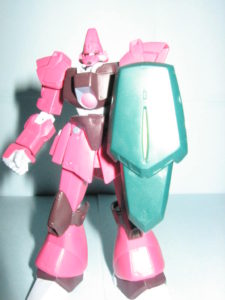
The day I got it I immediately went to work taking pictures of a new toy I’d gotten in the meantime for posting on my website. They were such utter garbage and I couldn’t even see it at the time. It was no fault of the camera, I just didn’t take any time to learn how to use it. It had a ton more options than I was used to and I didn’t have the first clue about how to handle any of them. I’m pretty sure I read the manual that came with it, but I guess I didn’t internalize any of it, because I really just recall my time with that camera being an ongoing struggle. One thing that bugged me really badly was the focus system, starting with that I didn’t feel like the auto focus did a very good job at all, and unfortunately manual wasn’t going to go much better… The Mavica had its manual focus via a ring around the lens, like a proper camera. The Powershot had a manual focus option but done through an on screen interface and using the selection controls on the back. That was something I couldn’t make myself comprehend at the time, and left it feeling so much more restrictive than the camera I’d spent five years developing my enjoyment of photography on. I sold a lot of stuff off to raise the money to buy that camera – my first camera that was truly my own – and I don’t remember ever actually liking using it. That kind of drives me nuts now, because looking back over the specs, it was a really solid camera: 3MP (remember, it was the year 2005), a manual exposure mode, manual focus, an okay macro mode, a minimum ISO of 50, and a lens that could open up to f2.6 at the widest zoom. If I had a damn clue what I was doing or how to use any of that, I could have been rocking some toy photography with that sucker. But I didn’t have a clue and I think most of the time I spent with that camera was with dreams of something bigger and better.
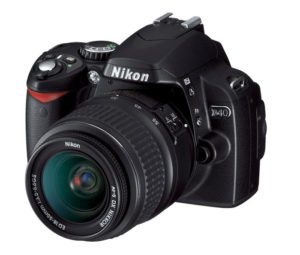
My first DSLR. Yeah, in fact I’m positive I was thinking about replacing the A510 pretty fast after getting it because I remember a grand ambition to try to nickel-and-dime and scrape together the money for a Nikon DSLR in 2006 at the latest. I think I started out looking at the D50, since the D40 had not actually been released at that time. For various reasons the camera upgrade idea got shelved for a while, and it wasn’t until January of 2007 that I ended up coming back to that. I’d managed to save a nice little bundle of cash from holiday bonuses and extended hours at my first real job which I wanted to use to do a road trip, but mechanical issues ultimately ruled that out. Instead, I came back to the camera idea. The D40 had come out, and the kit was just barely within my budget, so I went for it. It ended up being a birthday present to myself since I picked it up a week or two before my birthday, though there wasn’t a specific intent in that.
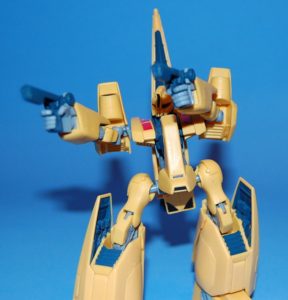
The D40 was really a turning point, and where I started determinedly trying to do better and really learn how to use a camera. With the focus – and zoom – on rings on the lens, it felt more like what I wanted based on the experience with the Mavica, so that was the point of access, I think. And I did take better photos than I was doing with the Powershot – but at that time it was all thanks to the D40 just being a superior piece of hardware far more than anything I was doing with it.
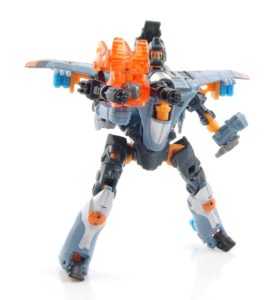
But a huge part of my growth as a photographer happened with the D40 as my platform. Controlled lighting being the major advance that I learned during my time with that camera, resulting in my first DIY lightbox and getting started on that style of photography. I got the D40 at the start of 2007, and used it right up to the summer of 2016. Why did I change? The D40 was a 6MP camera, with a max image size of maybe 3000 pixels wide at most, and the kit lens had a focus distance of 8 or 10 inches. Between these two things, getting in for close detail or good photos of small things was difficult, and I was about to move in to primarily photographing a line that was built around tiny little secondary figures.
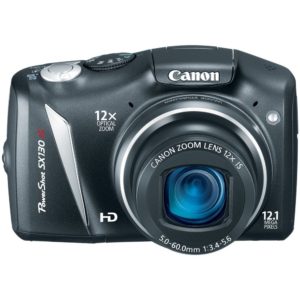
Since 2014 I’d had a newer model of Canon Powershot that was higher in megapixels and image size, but I had it because it could shoot 720p video. The cost of it was subsidized somewhat – and it wasn’t very expensive to begin with anyway by the time I got it, as it was already something like 3 years old. But being five years newer than the D40, the image quality was actually almost comparable, and by that point I had learned enough about operating cameras that I could exert enough level of control with manual exposure settings to put that point and shoot almost on par with what I could get from that aging DSLR. In some respects it was a downgrade, but on the whole it was probably more of a lateral step. But one day that camera gave up the ghost, and much like it was in 2005, I had to start working on raising money to get a replacement since the camera is an essential component of what I do and who I am now.
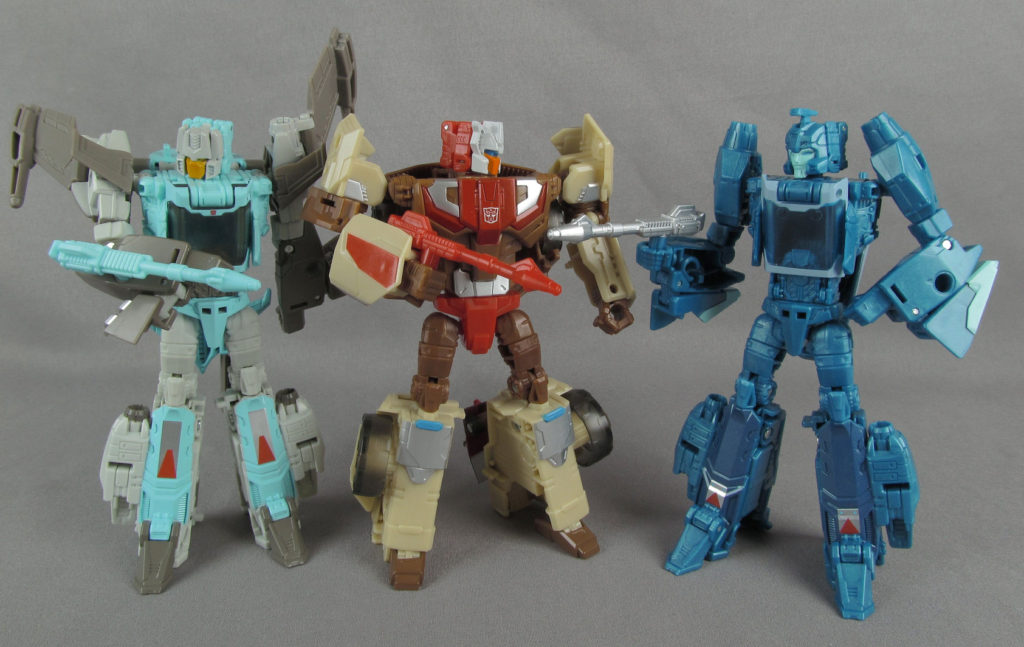
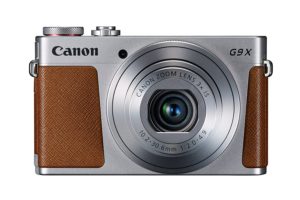
My next step was a Canon Powershot G9X. It’s a point and shoot style camera with a bigger than typical sensor and a lot of options that are trying to bridge the gap between compact cameras and DSLR or mirrorless interchangeable lens camera types. In a technical sense it doesn’t take photos of the same quality that a DSLR or equivalent with a yet-larger sensor and better lenses would. But it still helped me produce probably the best photos I ever had to that point, because I was armed with almost two decades of learning and experience that made it possible for me to pull more quality out of that camera than any other I’d owned or used before. But something was still missing, and I couldn’t get the level of quality I really wanted, that I saw in the work of others, out of this camera. Ultimately I no longer think it was the shortcoming of the camera, but at the time there was only one thing to do: Start shopping again.
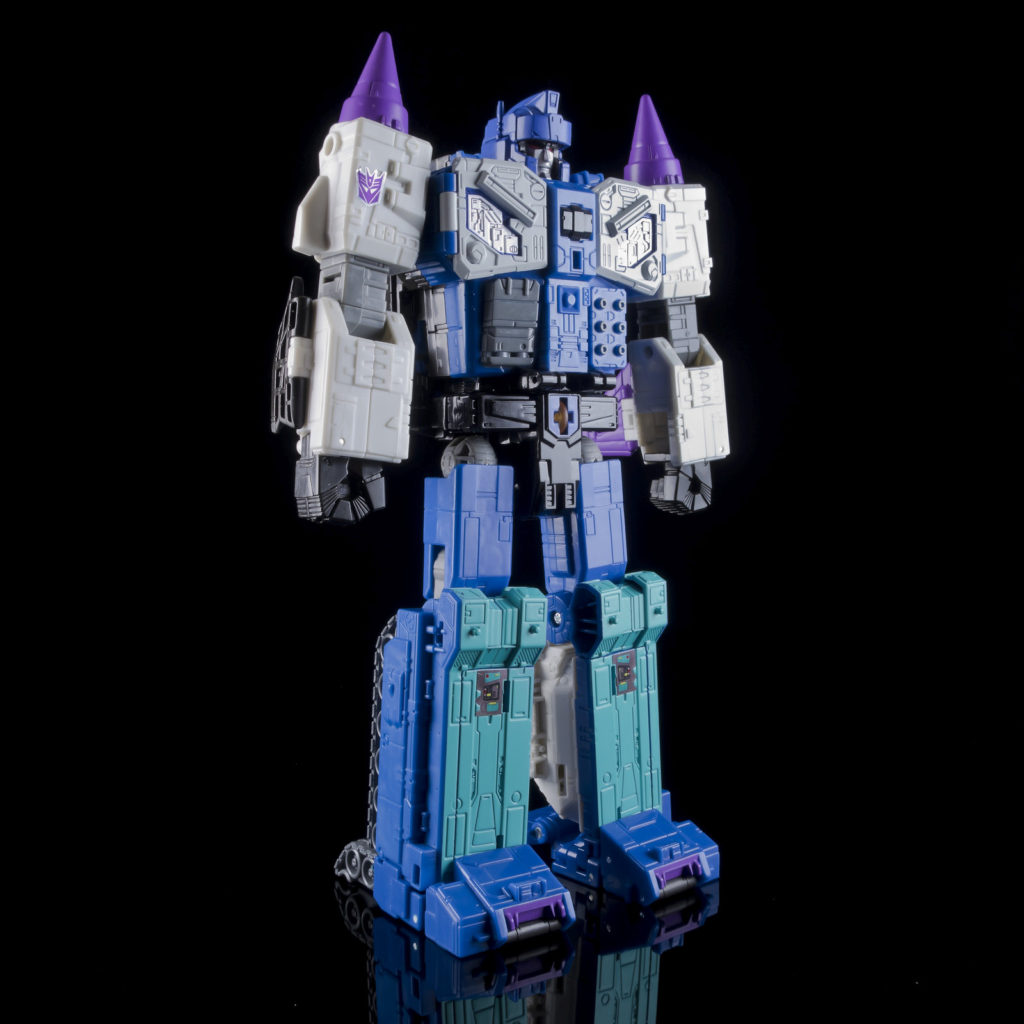
So at the time of this writing, my current piece of hardware is a Sony A3000. It’s a mirrorless interchangeable lens camera with an APS-C sensor, the same sensor size as the D40 and a host of other DSLRs. The A3000 is not the latest and greatest by a long shot, but it’s gotten me back to the larger format sensor – and being that this sensor is bigger but outputs the same 20MP as the G9X, the image quality has a lot more potential to it – and deeper field of options that something in the DSLR-alike family can offer. And indeed I am taking the best photos I ever have. I cannot fully credit the camera upgrade for that. While I suspect the lens is probably better than the built in one on the Canon, and the sensor is bigger and less densely packed, if used incorrectly, it still would not give me the photographic quality I sought. I know this because for a while after getting it, it still didn’t.
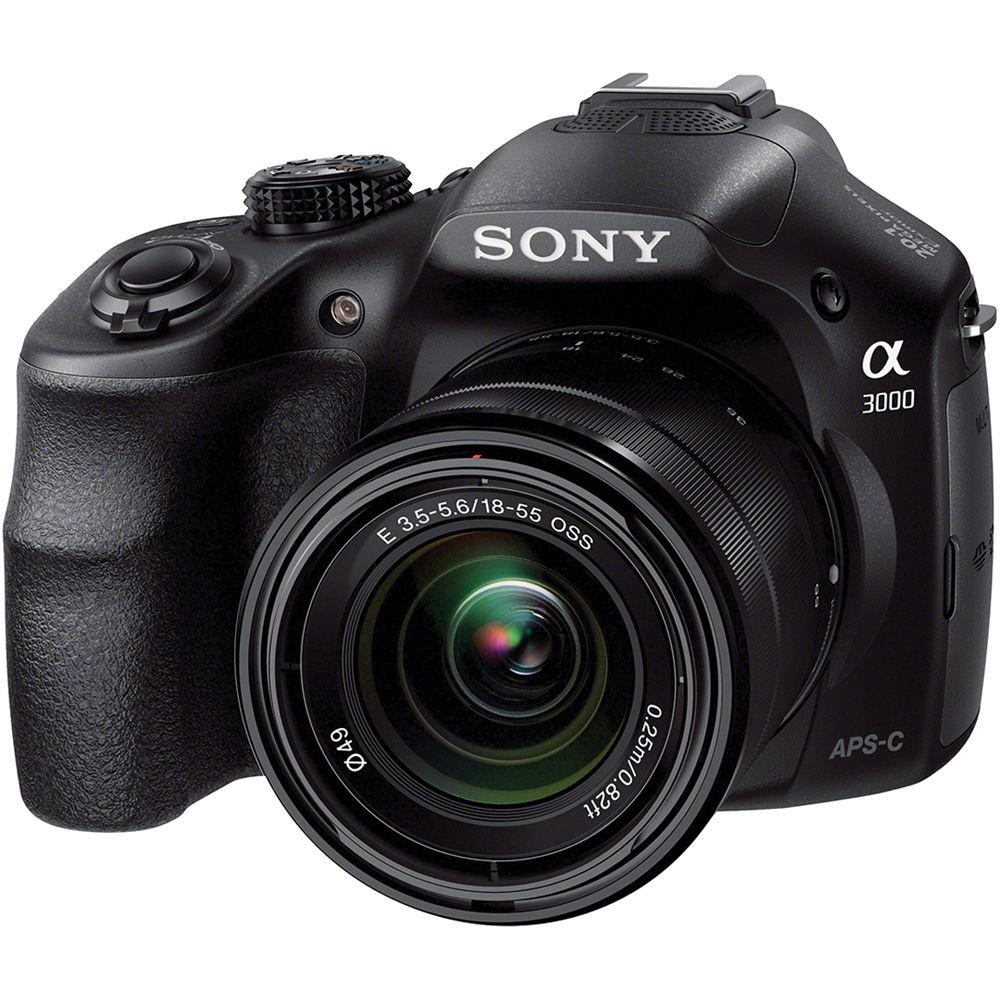
That ended up being a really bad setback for me in a lot of ways, and it took me a while to finally break down and be able to admit to myself that the problems I was having were not the failure of the camera I was using, but some error in how I was using it. And even from that point it took me some time to figure out the right questions to ask in order to be able to learn what I needed to do differently to get the results I’d wanted for so long. And I did! There’s some things that annoy me about the A3000 compared to some of what I used before, like not being able to shoot tethered to a computer, or even control it with a smartphone like newer cameras.
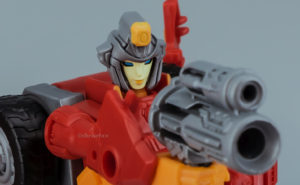
But I can’t argue with the image quality it’s able to spit out with very very little processing needed. I use raw format primarily, but the cameras still spit out redundant jpgs too, and looking at those, they’re only a step or two from being totally usable themselves. And Sony is probably where I’ll be staying for the foreseeable future. My next ambition is to transition up to an A5100 which introduces some options I miss in the 3000 – and also adds a few extra megapixels. I have farther reaching aims than that within the Sony mirrorless range too, but that would represent getting in a price bracket about ten times greater than where I’m currently at, so that’ll just stay a dream for now.
So that’s my history of cameras, a wandering journey through types and manufacturers. It amused me when I realized that the camera maker I’d finally settled on staying with for as far forward as I can look is the same as I started my life in digital photography with. It’s kind of amazing how far we’ve both come in all this time, don’t you think?

